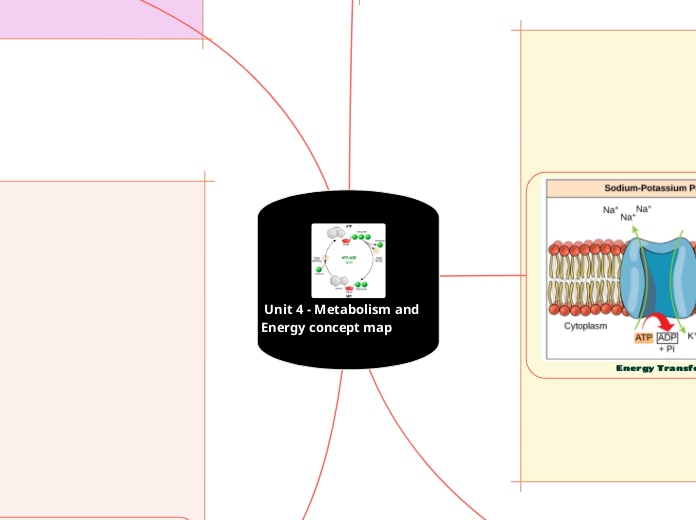realizată de Nicholas Chochan 1 an în urmă
292
Unit 4 - Metabolism and Energy concept map

realizată de Nicholas Chochan 1 an în urmă
292

Mai multe ca acesta
Ethanol Fermentation - Conversion of pyruvate to ethanol and CO2 - Common in yeast and some bacteria - Used in the production of alcoholic beverages
Lactate Fermentation - Conversion of pyruvate to lactate - Regeneration of NAD+ for glycolysis - Common in muscle cells during intense exercise